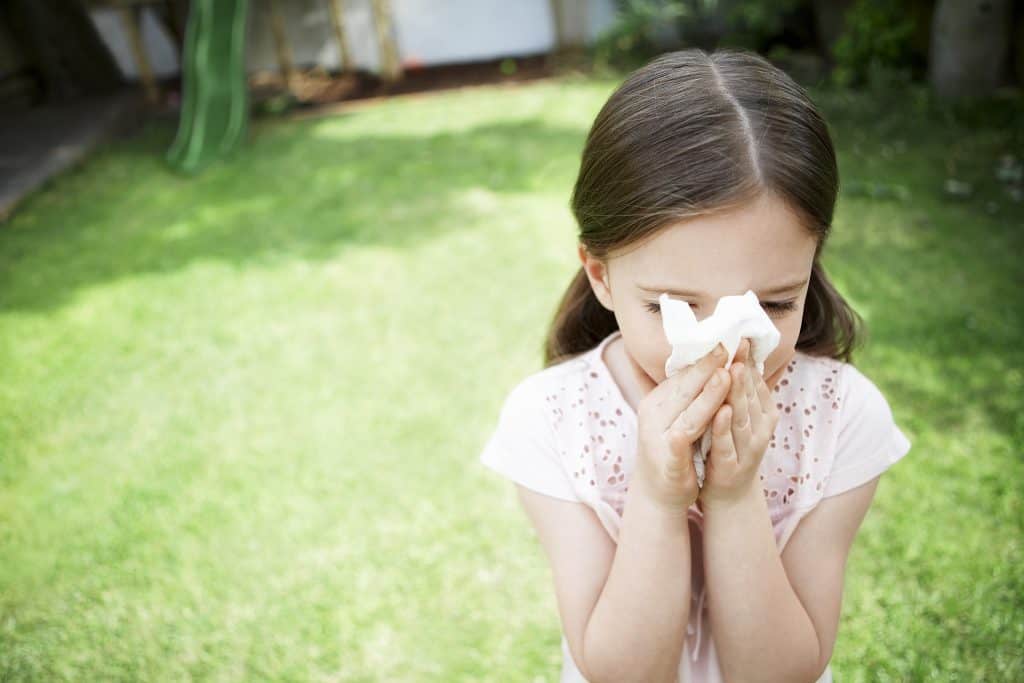Spring is the season of renewal. Plants and trees start to rebound from the harsh winter that claimed most of their leaves and vegetation. Birds return from their Southern vacations, serenade us with their morning songs and rebuild their nests in preparation for new arrivals.
Unfortunately, there is another renewal that many people don’t look forward to in the spring: the return of hay fever season along with symptoms such as sneezing and sniffling that can give you sleepless nights.
In an allergy survey conducted by HayMax (www.haymax.us), 92 percent of respondents said their hay fever symptoms affect their work, school or daily routine, which includes sleep patterns.
“The trick to sleeping well when you suffer from hay fever is to reduce the amount of pollen getting into your body at night,” says Max Wiseberg, creator of HayMax Allergen Barrier Balm.
People can tolerate a certain amount of pollen without reaction, he says, but once this amount is exceeded – called the trigger level – hay fever symptoms start to occur. Stay below this level at night, you won’t get the symptoms and your sleep won’t be affected. Go above it and that’s when the trouble starts.
Wiseberg offers a few tips on how to avoid reaching that trigger level, allowing you to rest easy at night.
- Keep bedding and fabrics clean. Vacuum the house regularly, especially beds and fabrics, such as bed covers and curtains, to remove pollen, dust and pet allergen particles. Wash bedding regularly to remove allergens and dry them indoors rather than on a clothes line to prevent pollen particles being blown onto them by the wind.
- Keep the house closed from the outside world. Close windows and use an air conditioner, preferably with a HEPA (High Efficiency Particle Arresting) filter to capture pollen and dust particles, as well as cool and circulate the air.
- Have a nightly routine before bed.Shower at night before sleeping to remove pollen particles and pet hair from your hair and body. Clear the nasal passages with water, or use a saline nasal spray, to clear pollen from the nose. Finally, apply an allergen barrier balm to the nostrils and around the bones of the eyes to trap pollen, dust and pet allergens before they enter the body.
- Ensure that pets are well groomed. If you own a pet, shampoo it as much as possible to remove pet allergens and pollen particles, or ban it from the bedroom completely.
“Loss of sleep because of hay fever is very significant, as it can impact how a person functions the next day at school or at work,” Wiseberg says. “The effect of sleep deprivation on productivity and health loses costs companies billions of dollars each year.”
About Max Wiseberg
Max Wiseberg is the creator of HayMax™ (www.haymax.us), a natural, organic balm that traps allergens when applied to the nostrils. As a lifelong hay fever sufferer, he was inspired to develop the balm when other allergy remedies didn’t work for him. Wiseberg, born and raised in Manchester, UK, regularly writes for newspapers, magazines and blogs on the subject of allergies and airborne allergens, and has appeared on TV and radio.
Senior Outlook Today is your go-to source for information, inspiration, and connection as you navigate the later years of life. Our team of experts and writers is dedicated to providing relevant and engaging content for seniors, covering topics such as health and wellness, finances, technology and travel.






